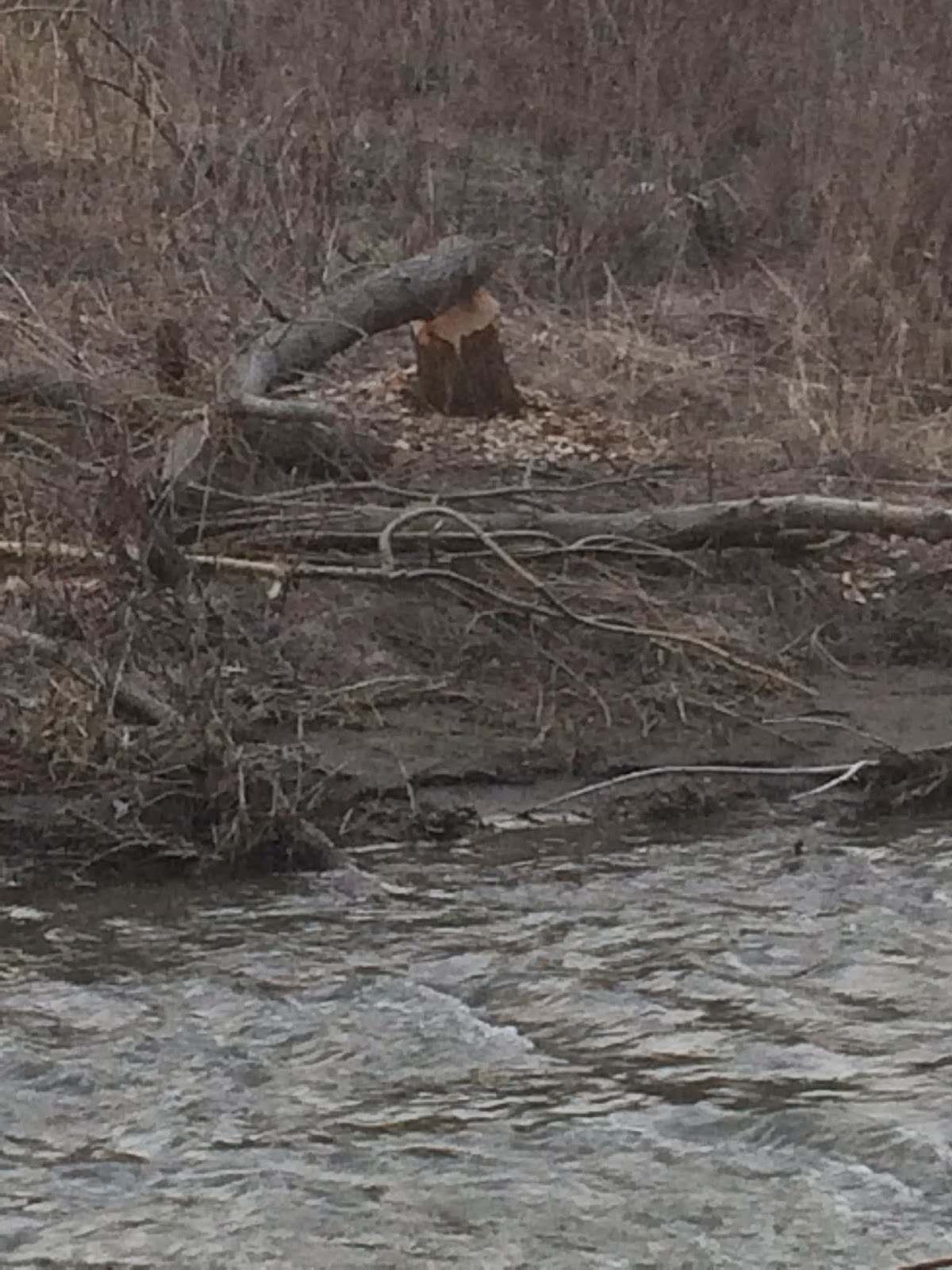Research Local Wildlife
Many times conservation areas will have signs posted of what kind of wildlife can be found there. If you happen to find an area that has some trails but no signs than its good to know what kind of animals could be found there. Sometimes you won't see any animals but you might find evidence of them. Learn what their tracks look like. There a couple places in my area that have Woodpeckers. I have found the trees where they make their holes. nests and have seen a few just by following the clues and looking up.
Research Local Plant Life
It may sound boring but the will never know what you are looking at until you actually identify it. You may see a flower that you didn't know was rare or even something you can harvest. Many people go out and take wild edible plants or mushrooms home for cooking. I must say at this point that you should be extra careful and do extensive research into picking wild mushrooms as they range from safe, to inedible, to poisonous.
I pick wild mushrooms when I have the opportunity. I once found a tree covered in Oyster mushrooms which are safe and delicious. There are also two others in my area that look similar. One is edible and one will destroy your liver, pancreas and kidneys. Just to be safe I leave them both alone. Speaking of leaving things alone, the national flower of Ontario, Canada is the Trillium which is rare and also illegal to pick. So, check your local laws.
The Trillium
Oyster Mushrooms
Take PicturesEveryone has a camera on their phones these days so snap some pictures as you are going. Take a panorama shot. Photograph a rare flower or tree or plant or bug, anything. Save them, print them and put them in a scrapbook. You can look at them later to remember your trip and feel again what it was like to be out there. Another great reason is if you see something like a plant or animal that you don't know anything about you can take a picture of it and research it later. Take a bunch of pictures, if you don't like some of them delete them later. No harm done.
This is a wonderful little spot I found connected to a park that has clear evidence of beavers.
Go Prepared
You don't have to go crazy here with full gear and gps and such but a few items can make a huge difference. Comfortable hiking boots or shoes for one, water, hat, bug spray, you don't need much. As well as some water resistant outside layer. I take a backpack with me most times which has a small rotating assortment of items. Water, poncho, multi-tool, binoculars, some fruit and a sandwich and a small flashlight. If I'm going to an area where I know there is fishing then I pack a fishing rod and tackle box. It seems like a lot but it all fits easily into a back pack.
Take a Journal
Many people find it beneficial to take a few moments to write down their thoughts about the day. What they saw, what trails they walked or anything interesting that happened. It will also capture your mood at the end of the day as to whether you enjoyed yourself and would go back again. Sometimes even when reading back over a previous entry you will read something that you totally forgot about. Make a list of the animals you saw or fish you caught and where you caught them which is what serious fisherman do anyway. If you are stuck trying to figure out a place to go read your journal and see what interests you.
I can guarantee doing these things will bring you so much more enjoyment and rewards when you are out hiking this year and lets be honest, they are not hard things to do. If you have a great story or pictures I would love to see them.






No comments:
Post a Comment